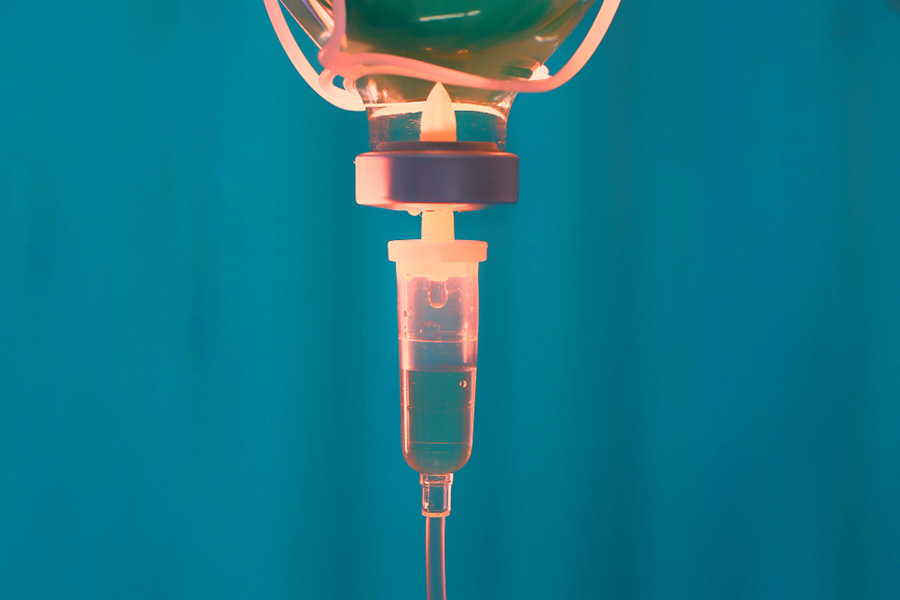IV therapy might be one of the effective ways to deliver the necessary nutrients, vitamins, and minerals to the body. However, like any therapy, the IV procedure might also have disadvantages. So, what are the disadvantages of IV therapy?
Stay with us as we analyze the disadvantages and side effects that may occur during IV therapy. We will also give you useful tips that might help you avoid such occurrences and possibly maximize the effects of this therapy.
Disadvantages of IV therapy
Although the disadvantages are minimal, there are still a few factors that you should consider. Generally speaking, they are procedure costs, location, and expertise. Below, we elaborated more on each of them.

The cost of the procedure
The main problem with this kind of therapy might be the cost. This type of therapy can be unaffordable for the most part.
Costs associated with IV therapy may include supplies such as tubing and infusion pumps, catheters, needles, and the IV fluid itself. In addition, the nurses who oversee and manage the therapy may be at your expense.
The location
Healthcare providers can face difficulties regarding a patient’s location of residence. Namely, IV therapy requires specialized equipment and trained nurses that may be unavailable for patients living in remote areas and places with limited access.
Expertise of the health care provider
Performing the correct administration of IV fluids requires specialized expertise and training. Therefore, the expertise of the nurses is of great importance for the successful performance of the procedure. But sometimes the lack of expertise and professional preparation might lead to medical errors as well as adverse events during the administration of IV therapy.
Potential IV Therapy Side Effects and Risks
In addition to the possible benefits of IV therapy, there are several potential risks and side effects that you should consider. So, can IV drip cause side effects? Here are the most common risks associated with the therapy:
Electrolyte imbalance
The composition of some IV fluids may include certain electrolytes such as sodium, calcium, potassium, etc. The appearance of imbalance usually occurs if the procedure is not performed correctly or if they are administered in excessive amounts. This might lead to irregular heartbeats, seizures, or confusion.
Local tissue damage
This occurs when IV fluids leak into adjacent tissues instead of going into the vein. It might lead to various sensations, such as swelling, pain, irritation, and damage to the infusion site.
Infection
Infections with IV therapy might usually occur at the insertion site. Namely, bacteria can enter the course through the bloodstream in this way and worsen the patient’s health condition. Therefore, when IV therapy is performed, attention should be paid to the hygienic conditions in the health facility and to working with sterile instruments.
Allergic reaction
Although rare, allergic reactions might occur with this type of therapy. You may be allergic to some of the ingredients found in the IV fluid. If an allergic reaction occurs, various symptoms such as skin rash, itching and more serious reactions such as swelling of the throat and face and difficulty breathing may occur.
To avoid such situations, it is important to talk to the doctor if you are allergic to certain substances from IV therapy. With this information in mind, the healthcare provider will know which ingredients to include in IV therapy to maximize the results and effects.

Conclusion
In addition to the advantages it offers, it is good to be familiar with the risks and disadvantages of IV therapy. Even though such occurrences are uncommon, it is crucial to understand them and identify and address them as soon as possible.
Before deciding on this type of therapy, it is important to consult with your doctor about the advantages, disadvantages, and possible risks associated with IV therapy. That way, you will know if you are an ideal candidate for this type of treatment and if you will receive the possible benefits.



